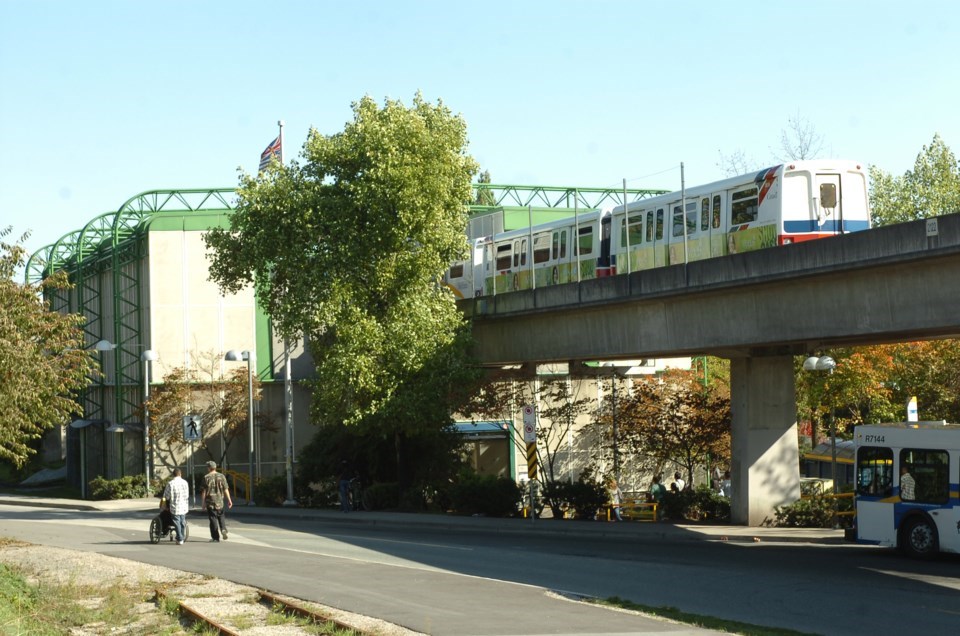Transit funding is in the news again.
Recently, Premier Eby announced a $479-million “bailout” of TransLink. This one-time grant was vital and appreciated, but you’ll be hearing more in upcoming months about the TransLink Mayors’ Council on Regional Transportation requesting a new funding model, and the need to grow our transit system.
New Westminster has some of the highest transit ridership in the region, and is arguably the most transit-dependent municipality in B.C. These regional funding questions matter to New West, because the livability of our community is tied to reliable and frequent public transit service.
To understand the funding challenges we need to talk about transit in 2023, and what the recently-approved Transport2050 Regional Transportation Plan tells us about the path ahead.
In 2019, TransLink was seeing unprecedented ridership growth and was ambitiously looking to expand service. Transit users will remember those overcrowded trains and buses as expansion lagged behind surging demand.
COVID changed that. Ridership dropped precipitously due to public health orders and changes in how people work, learn, and shop. As with transit systems around North America, ridership fell by half from 2019 peaks, and only began to recover in 2021.
The good news is that TransLink leads all North American transit systems in ridership recovery, exceeding 84 per cent of pre-COVID boardings. In some rapidly growing areas of the region, ridership now exceeds 2019 levels.
However, people returning to transit are riding in different ways. Fewer office trips means monthly passes are less popular, and off-peak travel is recovering faster than rush hour. This means our fare recovery is slower than ridership recovery, a problem for a system that relies on fares for 37 per cent of operational revenues.
With another 25 per cent of revenues coming from gas and parking taxes, changes in regional transportation have further eroded revenues. It is this gap that the provincial government recently stepped in to address, following previous COVID emergency funding provided by the provincial and federal governments. Unfortunately, this stabilization is temporary, and does not address long-term sustainability of the system.
The shift in how fares are paid, the downward trend in gas tax revenues, regulated limits on taxes for parking and hydro and increasing pressure on property taxes to address myriad regional livability issues are creating a perfect storm. At the same time, inflation is pushing up the cost of providing transit. This is why the mayors are calling on the province to help us establish a new funding model, lest we need to start cutting transit service while the region is growing rapidly.
The TransLink service area will see 50,000 new residents arrive every year. Our regional affordability, livability and climate goals will not be achieved unless those newcomers have access to the same reliable and affordable transit service enjoyed by current residents. Rapid population growth means funding current operations is not enough to support the mobility needs of the region. The system needs to grow.
This is why the mayors’ council has established a priority list of capital improvements to expand the system over the next 10 years, a $20 billion investment plan to expand rapid transit, bus, gondola and active transportation across the region.
Across partisan lines and above our parochial concerns, the 23 members of the mayors’ council agree: In a modern climate-resilient urban region, affordable and reliable public transit is as important as the utilities you take for granted like water, sewer, and electricity. To keep the system reliable, we need to invest in growth, and assure the funding model is viable for the long term.
Patrick Johnstone is mayor of New Westminster and sits on the Mayors’ Council on Regional Transportation.





